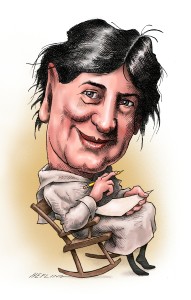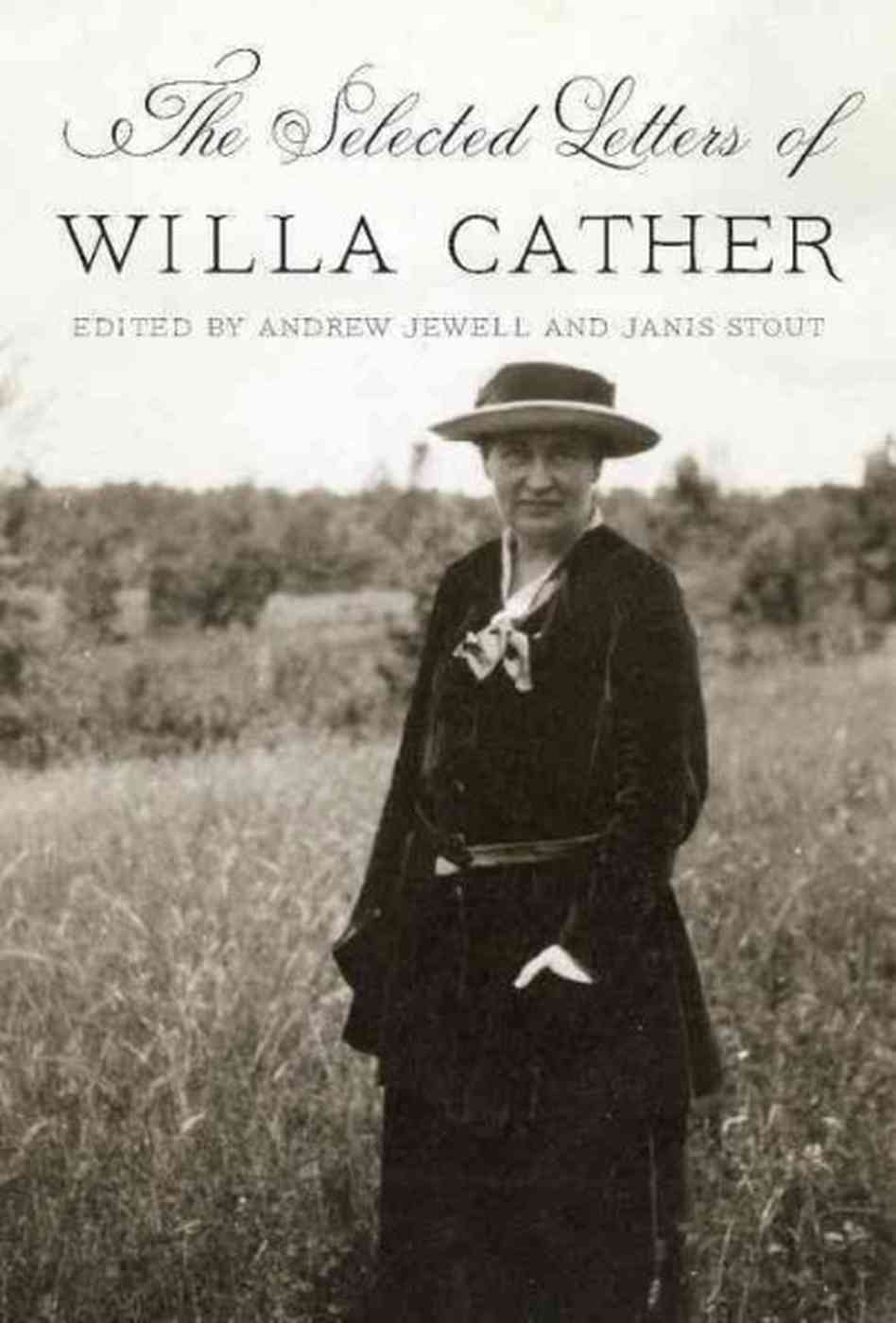 The Selected Letters of Willa Cather
The Selected Letters of Willa Cather
Edited by Andrew Jewell and Janis Stout
Knopf. 752 pages, $37.50
I FIRST READ Willa Cather when I was an adolescent searching for my identity, and I read her novels with salacious excitement. Literary gossip and innuendo guided me to the conclusion that Cather was a woman who loved women, and that somewhere coded in My Ántonia or hidden in a drawer of The Professor’s House I would find my own validation. In those two books I found nothing upon which to base my conclusion about the author; nor did I find any degree of personal direction or comfort. What I did discover in those early readings was an extraordinary author of uncluttered elegance able to penetrate the minds and lives of ordinary men and women.
While it is well documented that, as a student at the University of Nebraska, Cather sometimes wore masculine clothing and used the nickname “William,” that throughout her adult life her most significant relationships were with women, and that she lived the last forty years of her life with her editor, Edith Lewis, to whom she left her estate, Cather kept her private life private even as she was becoming famous during the first two decades of the 20th century. In 1922, she won the Pulitzer Prize for her novel One of Ours. During the 1930s, though, the writer once praised for depicting real life simply and directly began to receive criticism for failing to confront the harshness of the Dust Bowl and the Great Depression. Cather, who once seemed to draw strength and inspiration from the presence of friends and colleagues, became reclusive, burned hundreds of her letters, and forbade anyone ever to publish them.
And yet, here comes The Selected Letters of Willa Cather, edited by Andrew Jewell and Janis Stout. Defying a last will that clearly prohibited all publication of her letters, Jewell and Stout give us 564 of Cather’s letters spanning her lifetime from adolescence in Red Cloud, Nebraska, including her first known letter (dated August 31, 1888), to her final letter, dated April 17, 1947, written days before her death in New York City.
One cannot help but be impressed by the number of letters that survived despite such a determined effort to secure their  destruction. But the 564 letters published here represent only about twenty percent of the entire body of rescued letters. Jewell and Stout speculate that the destruction was selective and that these efforts were less about a desire for privacy than they were about Cather’s desire to shape her own public identity. In their introduction Jewell and Stout argue: “In her maturity, Cather was a skillful self-marketer, and a major element of her marketing strategy was to limit her publicly available texts to those she had meticulously prepared.” The editors also suggest that Cather feared that any publication of her letters would “shift focus away from her novels and onto her private self.”
destruction. But the 564 letters published here represent only about twenty percent of the entire body of rescued letters. Jewell and Stout speculate that the destruction was selective and that these efforts were less about a desire for privacy than they were about Cather’s desire to shape her own public identity. In their introduction Jewell and Stout argue: “In her maturity, Cather was a skillful self-marketer, and a major element of her marketing strategy was to limit her publicly available texts to those she had meticulously prepared.” The editors also suggest that Cather feared that any publication of her letters would “shift focus away from her novels and onto her private self.”
From Cather’s letters we learn about the trivial, the playful, the passionate, the yearning, the angry, and the distraught facets of this very private woman. These glimpses into her inner life would be enough, but one is also struck by the mere fact of the letters themselves. In this day of texting and instant messages, The Selected Letters returns us to an age when people took the time and had the patience to sit and write and share both their deepest thoughts and their most mundane daily activities. Reading this massive book will take time and will require concentration of a kind that our own age does not generally foster.
Mary Walker Baron is the author of But This Is Different (2011), a novel about Amelia Earhart.






